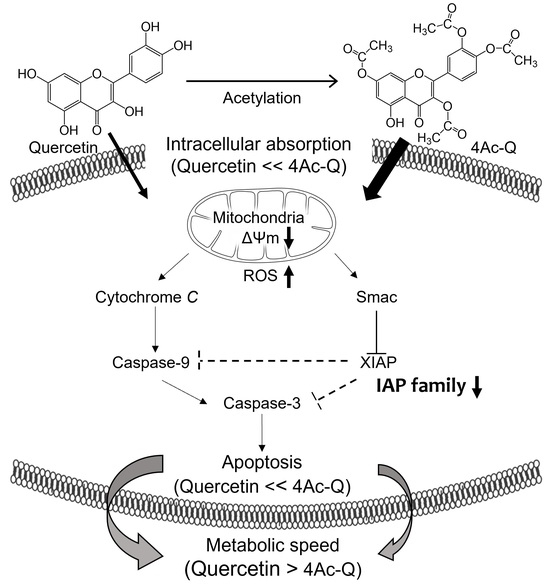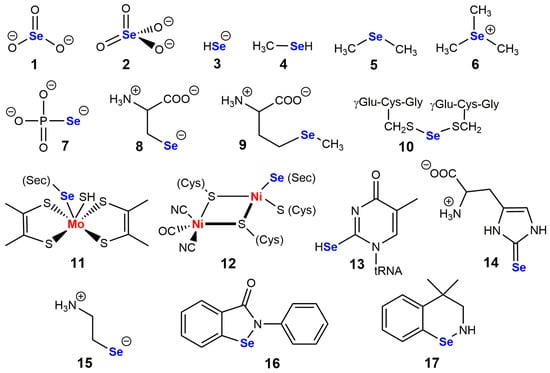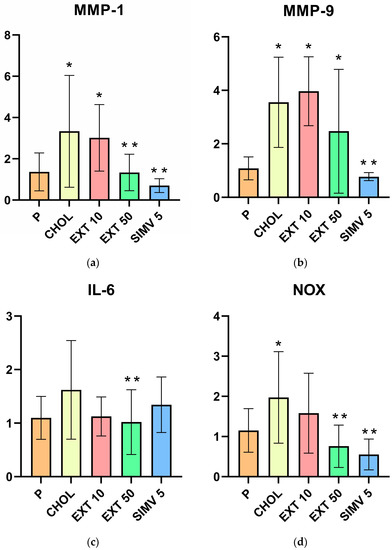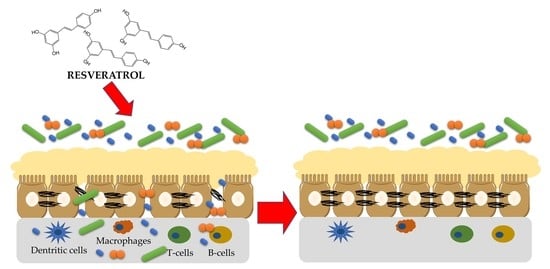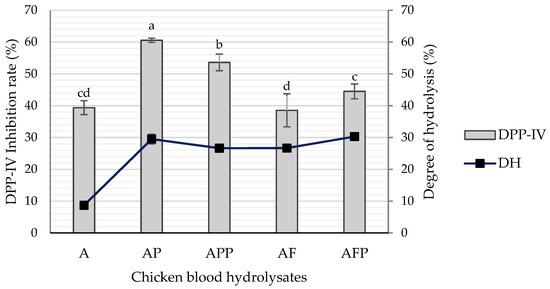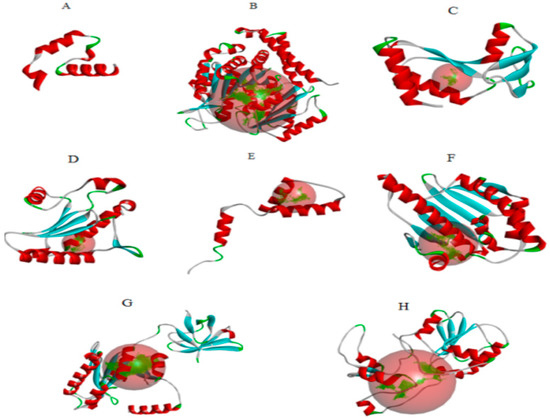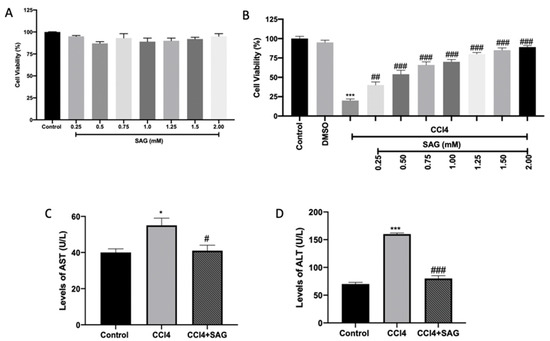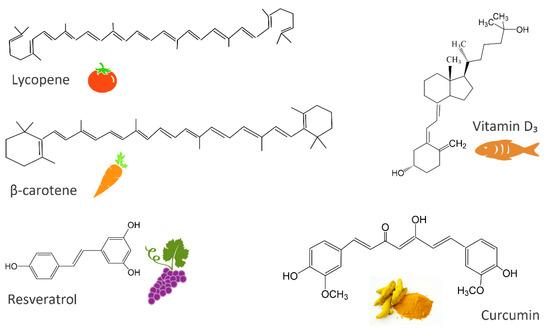Feature Papers in Bioactives and Nutraceuticals
A topical collection in International Journal of Molecular Sciences (ISSN 1422-0067). This collection belongs to the section "Bioactives and Nutraceuticals".
Viewed by 363883Editor
Interests: nutrition; periodontal diseases/periodontitis; oxidative stress; aging; mitochondrial function and diseases; berries (strawberry, blueberry, bilberry, cranberry, etc.); olive oil (dietary fats); honey; polyphenols; flavonoids; antioxidants; apoptosis
Special Issues, Collections and Topics in MDPI journals
Topical Collection Information
Dear Colleagues,
This Topical Collection entitled “Feature Papers in Bioactives and Nutraceuticals” aims to collect high-quality research articles, communications, and review articles in the cutting-edge field of bioactive compounds and nutraceutical products. Since the aim of this Topical Collection is to illustrate, through selected works, frontier research in bioactives and nutraceuticals, we encourage Editorial Board Members of the Section of the International Journal of Molecular Sciences to contribute feature papers reflecting the latest progress in their research field or to invite relevant experts and colleagues to do so.
Topics include, but are not limited to:
- the discovery of novel bioactive natural products
- the role of these products in manipulating food structure and hence their potential physiological mediation for human nutrition
- the use of in vitro and in vivo bioactivity research involving cell lines and animal models as exemplars of human physiology
Prof. Dr. Maurizio Battino
Collection Editor
Manuscript Submission Information
Manuscripts should be submitted online at www.mdpi.com by registering and logging in to this website. Once you are registered, click here to go to the submission form. Manuscripts can be submitted until the deadline. All submissions that pass pre-check are peer-reviewed. Accepted papers will be published continuously in the journal (as soon as accepted) and will be listed together on the collection website. Research articles, review articles as well as short communications are invited. For planned papers, a title and short abstract (about 100 words) can be sent to the Editorial Office for announcement on this website.
Submitted manuscripts should not have been published previously, nor be under consideration for publication elsewhere (except conference proceedings papers). All manuscripts are thoroughly refereed through a single-blind peer-review process. A guide for authors and other relevant information for submission of manuscripts is available on the Instructions for Authors page. International Journal of Molecular Sciences is an international peer-reviewed open access semimonthly journal published by MDPI.
Please visit the Instructions for Authors page before submitting a manuscript. There is an Article Processing Charge (APC) for publication in this open access journal. For details about the APC please see here. Submitted papers should be well formatted and use good English. Authors may use MDPI's English editing service prior to publication or during author revisions.


























